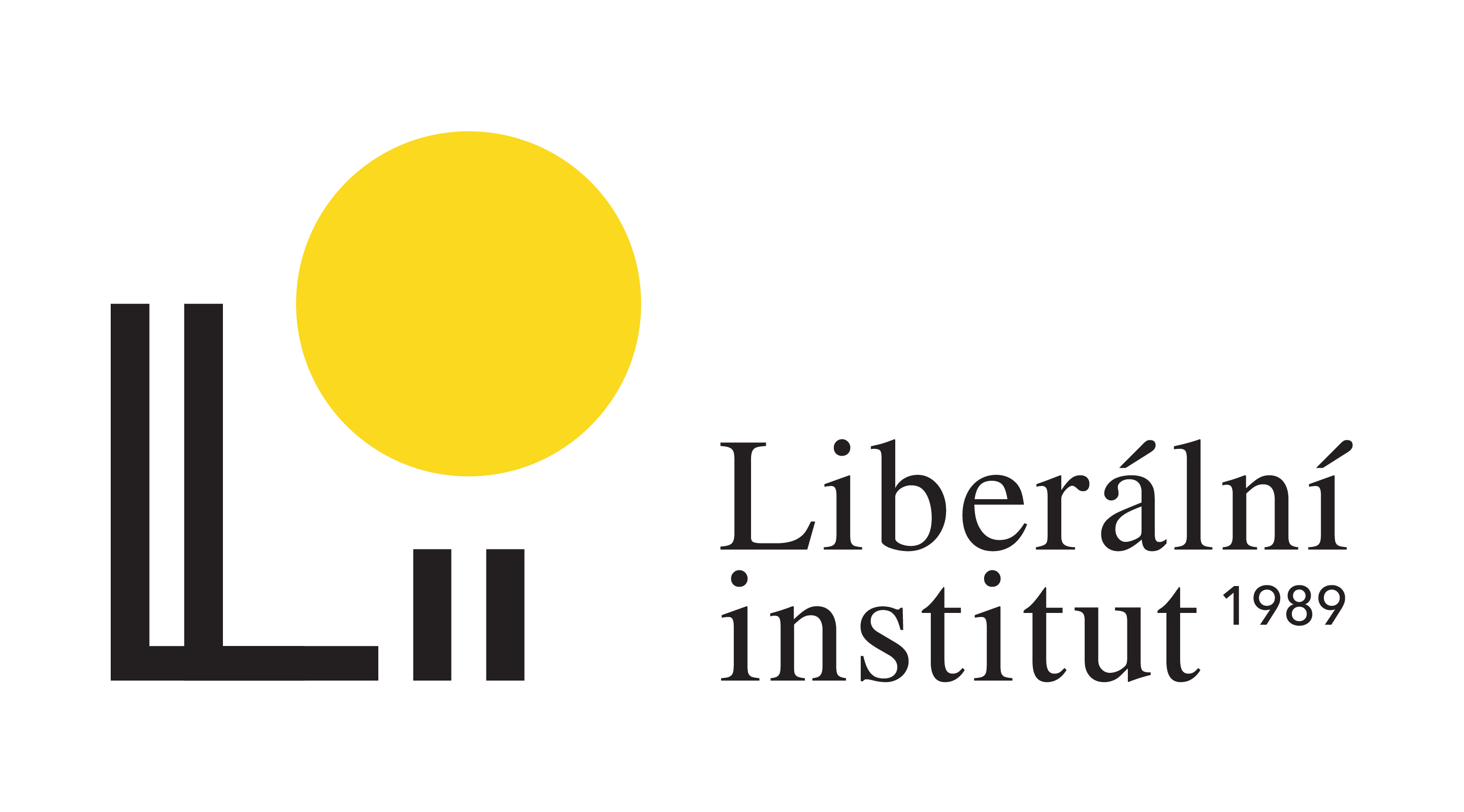
I dare to write that the health financing situation is becoming increasingly muddled. With all three health insurance companies (allegedly) starting to cut their losses, the problem of financing Slovak healthcare has moved up a notch.
Of course, it is too early to be scared, but from a systemic point of view, any future financial problems of the health insurance companies would be much more serious than the financial problems of the hospitals. They would take us 25 years into the past, when late payments by health insurers to providers were a reality.
It would be terribly easy to lay all the blame on incompetent politicians and their screwed-up budgets. But let’s be realistic – budget holes face most health systems in the world. Some of these holes yawn with emptiness more and some less. They arise from the very nature of socialized healthcare. It promises everything to everyone and (almost) for free.
But these promises are made in a world of limited resources. In a world where health professionals want wages, hospitals need heat, outpatient doctors need to pay rent, and even those medicines don’t grow on trees (herbalists sorry…). And so central planning is done, Excels with budgets are filled so that at the end of the day it all falls apart and gets patched up with quick band-aids.
We could wave our hand that somehow it was and somehow it will be. Healthcare is a very tricky issue electorally and politicians always give in and money pours in. Yet we still live in a world where a $5 billion public deficit does not raise an eyebrow and where it is no problem to knock down a billion-dollar family-inflation-merry-go-round package in a few days and claim that it will be funded by the money lying on the pavement.
But such carefree times may come to an abrupt end. And even if they don’t end, the haphazard top-up funding approach is unhealthy for the health service. It paralyses any planning and thus the development of strategies, takes time and energy away from useful things for participants, and creates a huge amount of uncertainty.
Not to solve, but to improve
The current iteration of the perennial problem of holes in healthcare roughly takes the following form. The budget may have increased in 2021, but virtually all of the increase was eaten up by covid measures. In addition, €232 million was frozen at the end of the year because of “deferred care”. On the contrary, this year an additional 100 million for state insureds, 120 million for the insureds of the National Health Insurance Fund and 145 million hoped for from higher premium collections are to come.
But mixed into the mix is galloping inflation, which, among other things, has pushed up utility payments to providers by 300-400%, the continuation of regional wage races, and a flood of war refugees. And, of course, we must not forget the traditionally fictitious planned savings in the health service, this year to the tune of EUR 250 million.
If you are getting lost in the figures, let us look at the breakdown of the budget by subject area for simplicity. The 2022 proposal versus the 2021 reality is -3% for labs and imaging, -5% for drugs, -9% for devices, +7% for hospitals, +10% GPs, +5% specialists. Reality has arrived in the form of over 10% inflation. Thus, in retrospect, at constant prices (adjusted for inflation), everyone had completely budgeted less for 2022 than for 2021.
But back to the introduction. This financial stew is not specific to Slovakia, but to central planning and the promise that everyone will have everything for free. As such, the problem cannot be solved, but it can be improved. There are many steps towards improvement.
Multiannual binding budgeting, predictable state payments (hare 4% or a flat nominal premium system), de-nationalization of providers and their transformation, creation of mandatory reserves in insurance companies depending on the planned performance and the insurance base, compensatory financial mechanism in case of mismatch of healthcare purchases with the budget, diversification of insurance products and financial participation of insured persons, weakening of the dominant position of the state insurance company, substantive, spatial and temporal definition of entitlements, and others.
However, these are real in-depth changes, not a shifting of shells. They require political capital leadership, managerial skills, stability and a bit of luck to make them happen. All of this is not yet in sight. So I’ll see you at the same commentary a year from now. Or quite possibly in just a few months.
The article was originally published in Slovak in Zdravotnícke noviny























